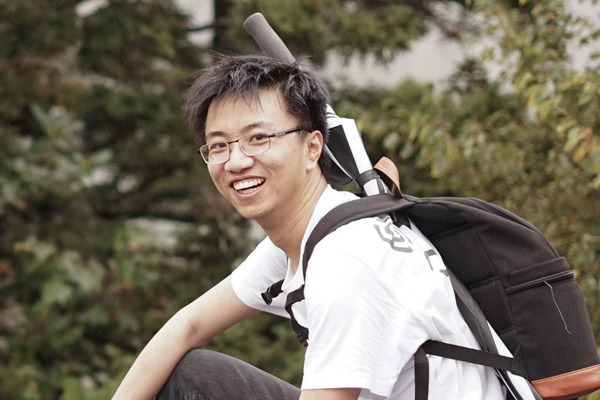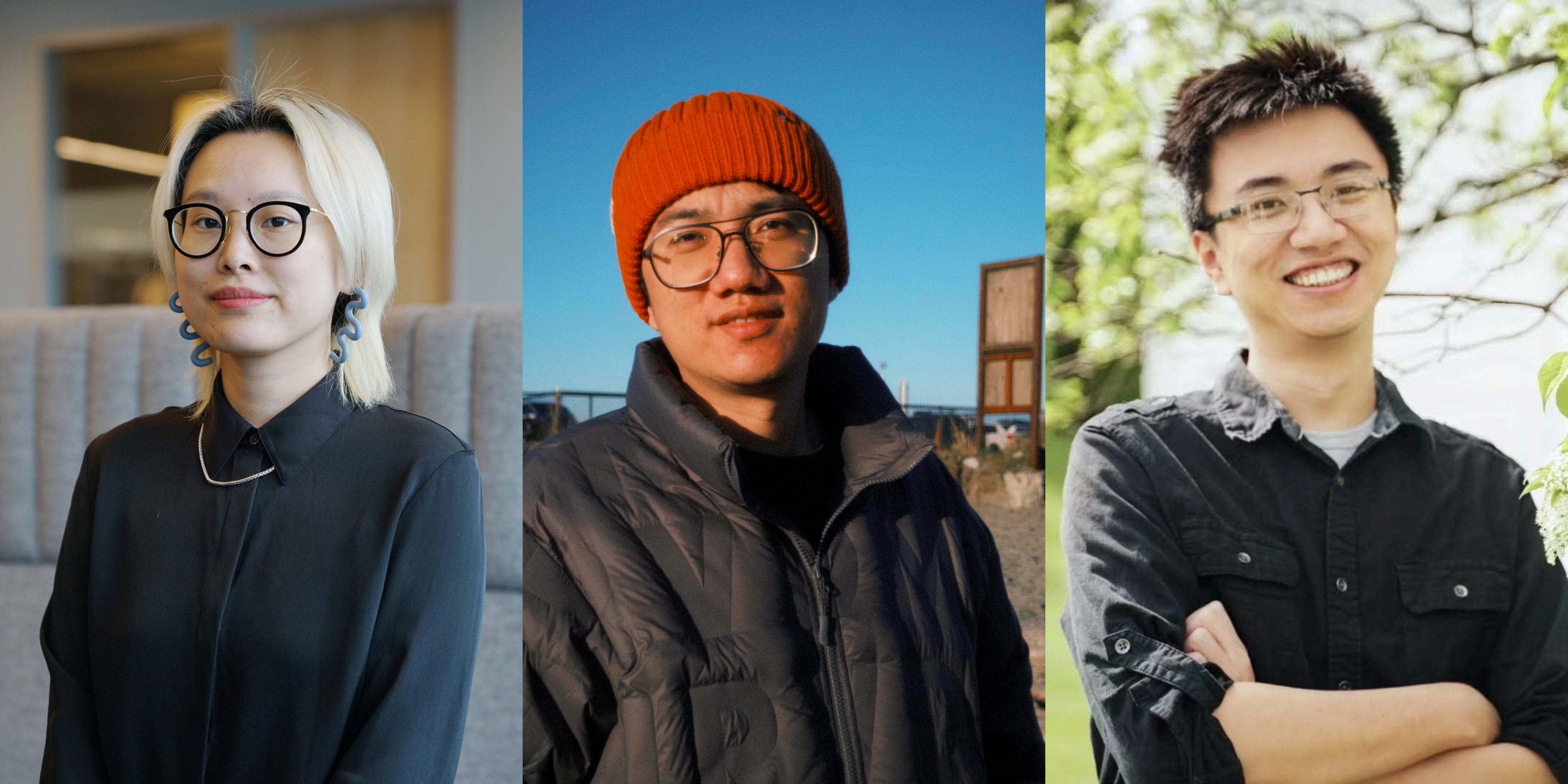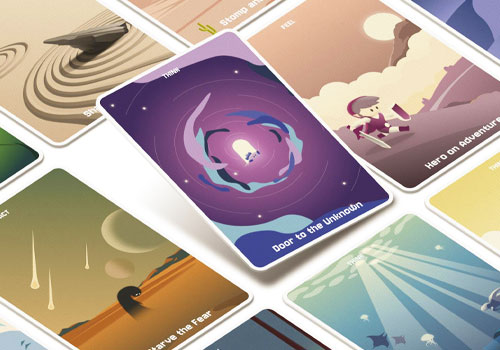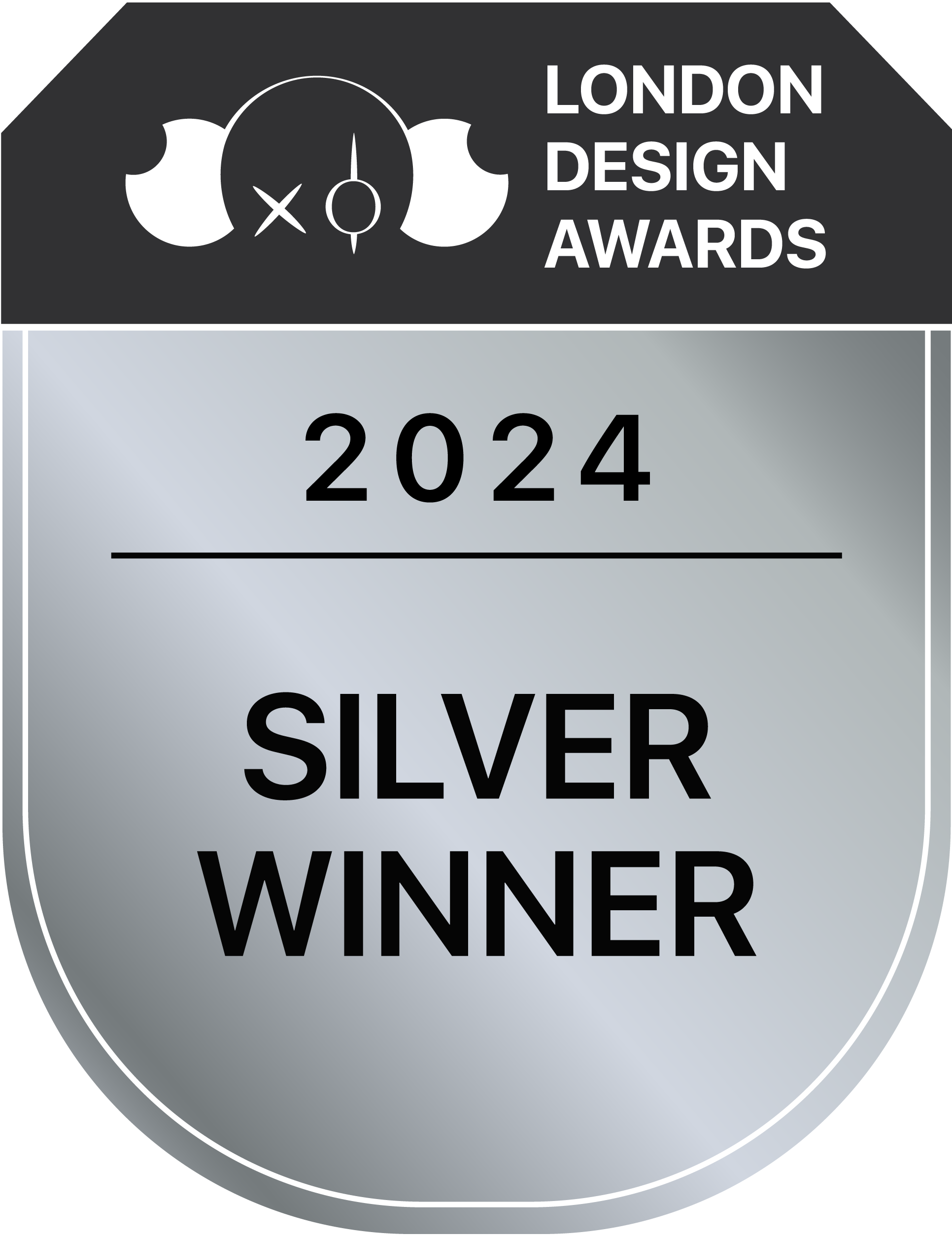
Bo Bao
1. Please give us a brief bio of yourself and your design background.
Hi, I’m Bo Bao, a Senior UX Designer at Zoox, an Amazon-owned robotaxi company. My work focuses on creating products that help AI specialists advance self-driving technology and empower operators to provide seamless ride-hailing services. Before Zoox, I led design research for assisted driving technologies at Ford. With a strong foundation in design, research, and systems engineering, I strive to connect people with technology in meaningful and effective ways.
2. What made you become/why did you choose to become a designer/artist?
I always got inspired when I heard stories of famous inventors. I wanted to be one of those who make people's lives better by bringing in creativity. Later I realised that creativity wasn't enough, but the development of the ideas is more critical. I found design to be the perfect career for individuals like me who are motivated by bringing creativity to life
3. Tell us more about your agency/company, job profile, and what you do.
We are friends who are brought together by design. We seek opportunities to bring creativity and ideas to solve people's problems by practicing our skills.
4. What does “design” mean to you?
Design means the process of finding better ways to achieve people's goals.
5. What’s your favourite kind of design and why?
My favourite designs provide better ways for people to achieve their goals, and make them excited about the new way.
6. To you, what makes a “good” design?
"Good" means passing the minimum bar but not "great" yet. So, a "good" design would provide a better way to let people achieve certain goals, but it might be boring.
7. How did you come up with the idea for your award-winning design?
We found teenagers receiving therapy would use a card deck as assistance. But all the cards in the market look very boring. We sensed opportunities for designers to help here. Then we did research and found the quality of cards plays an important role in patient engagement, which is a critical part of the therapy and gave us confidence in the idea.
8. What was your main source of inspiration for this design?
A keen eye for identifying the problem, and engagement in the video game community.
9. Congratulations! As the winner of the London Design Awards, what does it mean to you and your company and team to receive this award distinction?
Winning the London Design Awards is a moment of pride for both me and my team. It validates our hard work and creativity, showing that our efforts have been recognised at a high level. For the company, it strengthens our reputation and opens doors to new opportunities.
For the team, it’s a recognition of our collective effort, highlighting the value of collaboration and innovation. This award motivates us to continue pushing boundaries and delivering exceptional work, reinforcing our commitment to excellence.
10. Can you explain a bit about the winning work you entered into the London Design Awards, and why you chose to enter this project?
We found teenagers receiving therapy would use a card deck as assistance. But all the cards in the market look very boring. We sensed opportunities for designers to help here. Then we did research and found the quality of cards plays an important role in patient engagement, which is a critical part of the therapy. This gives us confidence in the idea.
On the other hand, we are all very engaged with the video game community, which is a community in which our target users are also engaged. This gave us a unique connection with our users and made our design very easy to engage.
11. How do you think winning this award will impact your future as a designer?
Winning this award can act as a springboard for further success, fostering greater opportunities, recognition, and confidence while also elevating my career to new heights.
12. What are your top three (3) favorite things about the design industry?
Creative Expression and Innovation: The design industry allows individuals to push boundaries and explore new ideas. Designers have the freedom to create unique solutions, combining art, technology, and functionality. Whether it's graphic design, interior design, product design, or UX/UI, the chance to solve problems creatively and express ideas in visually engaging ways is a major draw.
Collaboration and Multidisciplinary Interaction: Design often involves working in teams with people from various backgrounds and expertise, such as engineers, marketers, writers, and other specialists. This fosters a collaborative environment that encourages knowledge sharing, new perspectives, and collective problem-solving. It's a place where innovation thrives through different viewpoints.
Impact and Influence: Design has the power to shape people's experiences and influence behaviour. Whether it's through creating intuitive digital interfaces, crafting memorable brand identities, or designing products that improve everyday life, designers take pride in creating things that matter. The impact of design can be seen in how it enhances user experience, solves real-world problems, and leaves a lasting impression on society.
13. What sets your design apart from others in the same category?
Our design turned the boring medical process into something that is engaging.
14. Where do you see the evolution of design industry going over the next 5-10 years?
AI is going to make some of the respective design tasks to be much more efficient. This gives back designer time to focus on higher-valued tasks like exploring solutions with creativity and validating the solution.
15. What advice do you have for aspiring designers who want to create award-winning designs?
Try to understand your strengths, dive deep into the problem space, and find solutions that leverage your strengths.
16. What resources would you recommend to someone who wants to improve their skills in the design industry?
There are two books that I recommend to read: Design of Everyday Things and Build: An Unorthodox Guide to Making Things Worth Making.
17. Who has inspired you in your life and why?
Tony Fadell. His experience and challenges in building innovative products in Silicon Valley were truly inspiring to me, as it gave me idea of what it takes to achieve my goal.
18. What is your key to success? Any parting words of wisdom?
Always ask why, and why to the answers, until it becomes too vague.


